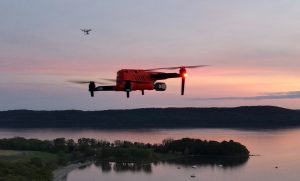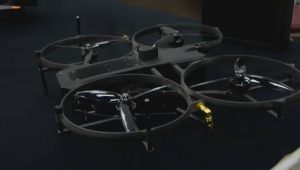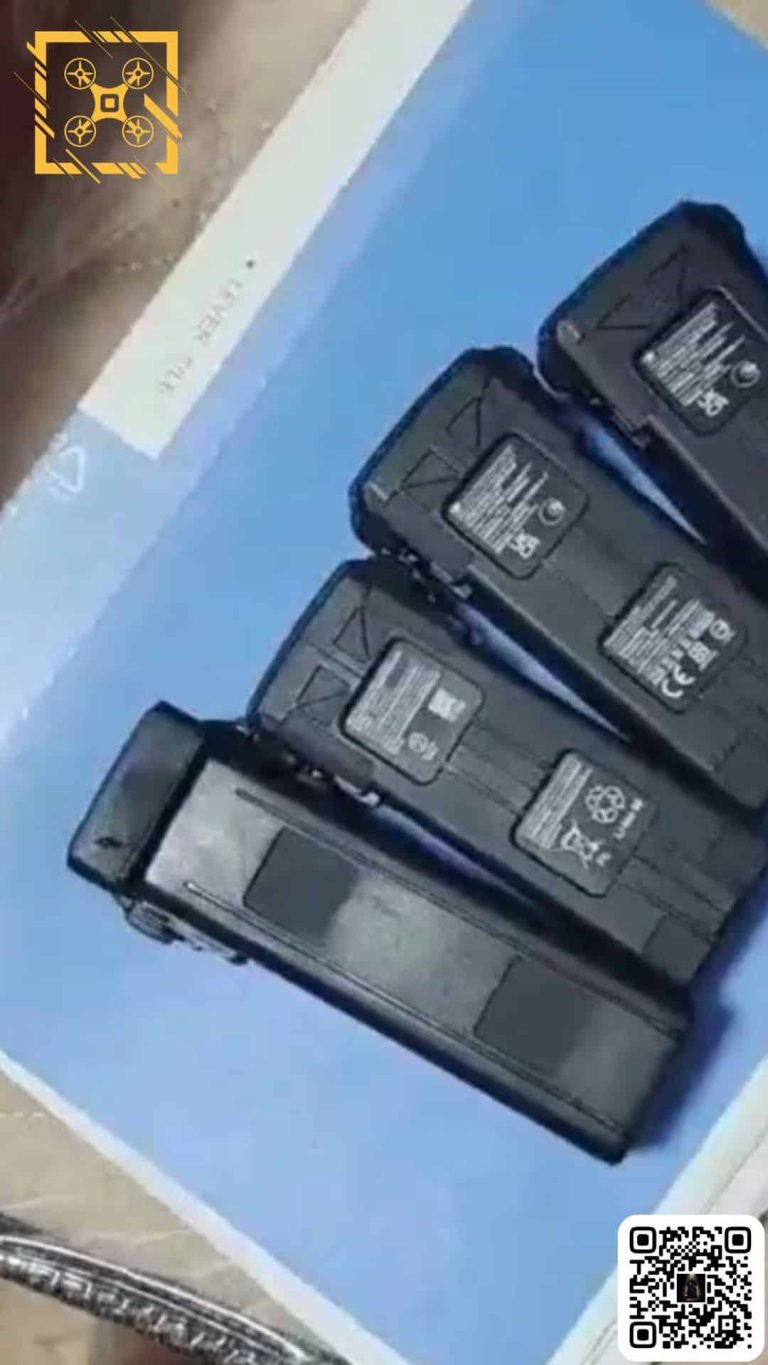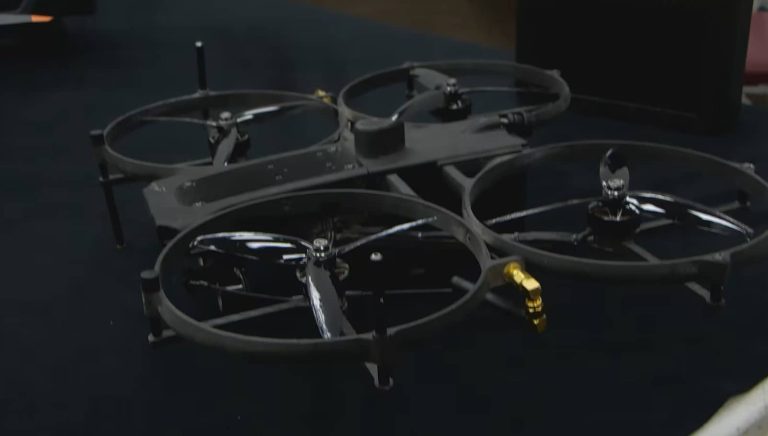In an unprecedented effort to restore the Indian River Lagoon (IRL), a high-tech drone took to the skies on Friday, spreading millions of tiny baby ‘super clams’ as part of the IRL Billion Clam Initiative. The project, spearheaded by the Coastal Conservation Association Florida (CCA Florida), aims to improve water quality and rebuild marine life populations in the estuary, reports Florida Today.
Innovative Approach to Clam Restoration
The drone deployment, which took place at Hog Point, south of Melbourne Beach, is a groundbreaking approach to clam restoration.
According to Frank Gidus, CCA Florida director of habitat and environmental restoration, “clam restoration has never been conducted on such a broad scale.”
The use of drones allows for systematic distribution of clams, overcoming predation pressures and enabling many more clams to be restored in the lagoon.
Gidus explained that while birds do not eat the clams because they drop straight to the bottom, other predators like fish and rays can still feed on them.
“The idea behind putting this many down at once is to overwhelm the system so there’s enough for predators to feed on but also enough to survive and grow and spawn,” he said.
The Power of Clams as Filter Feeders
Clams play a vital role in the ecosystem as filter feeders, removing algae and excess nutrients from coastal waters. They also help to blunt waves, lessening shoreline erosion. The clearer water they create enables more sunlight to reach seagrasses, which are essential habitat for fish and other lagoon Wildlife.
The Billion Clam Initiative, which began in 2017, has already planted more than 27 million clams in the lagoon. For every $1 donated to the initiative, 100 clams are released in the lagoon. CCA Florida and the Duke Energy Mariculture Center donated $100,000 in October 2023 to kick-start the initiative.
The Search for ‘Super Clams’
University of Florida (UF) researchers have been working to identify and cultivate ‘super clams’ that can survive the lagoon’s harsh conditions, made worse by decades of pollution and runoff. They found a pocket of sturdy clams in southern Mosquito Lagoon and have been transplanting their offspring to the IRL.
These ‘super clams’ have survived toxic algae blooms, powerful hurricanes, and sewage spills. The hope is that their descendants, like those released on Friday, will prove just as resilient and help to cleanse the lagoon.
A Collaborative Effort for the Future
The IRL Billion Clam Initiative is a collaborative effort involving CCA Florida, UF Whitney Lab, the Florida Fish and Wildlife Conservation Commission, and other partners. By working together and leveraging innovative technologies like drones, they aim to make a significant impact on the health of the Indian River Lagoon.
Only time will tell if this new generation of ‘super clams’ can survive and thrive in the estuary, but the initiative represents a bold step forward in the fight to save this vital ecosystem in Florida.




















+ There are no comments
Add yours